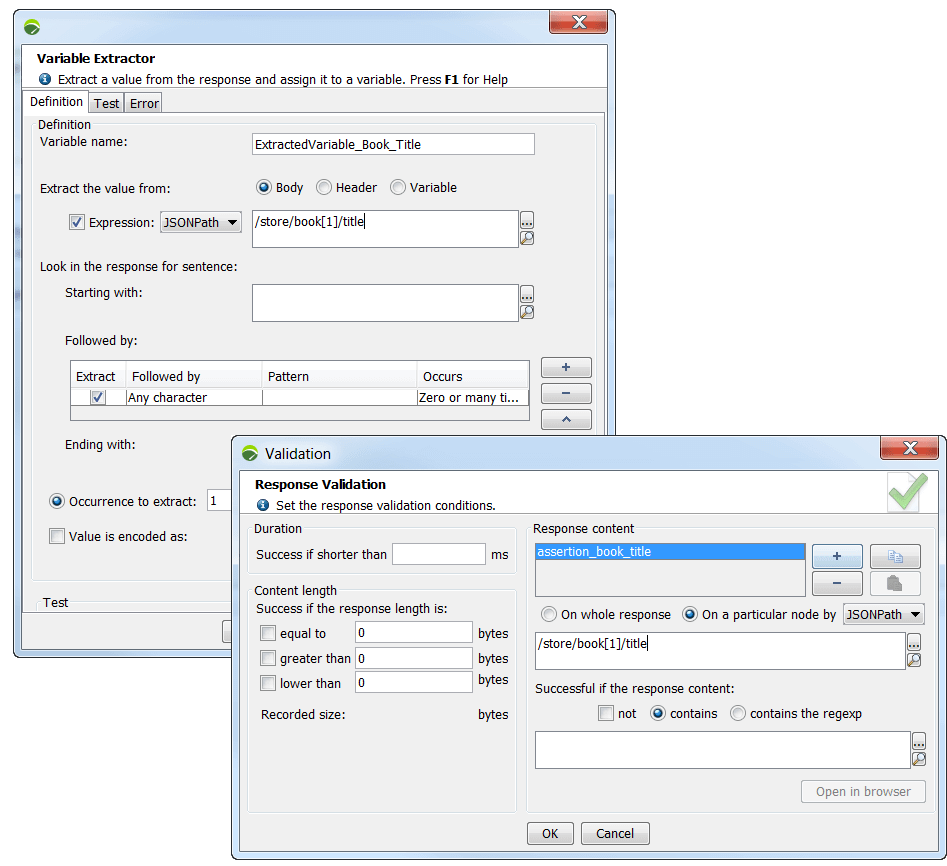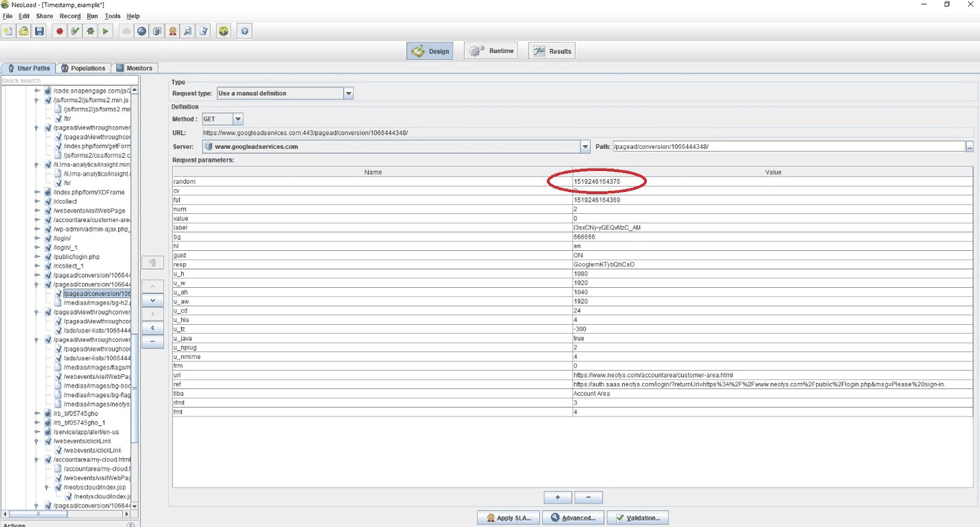

- Neoload auto variable extractor how to#
- Neoload auto variable extractor movie#
- Neoload auto variable extractor update#
- Neoload auto variable extractor verification#
Now while you are browsing a page containing AJAX, your browser can send additional requests to the server and receive additional data from it to update the current page without fully reloading it.

That was simple… But then they invented JavaScript and AJAX. So, any data included in the request could have been taken either from current page or from direct user input. In such case you would never need to extract data from “old” responses, because the only content available for the browser at the moment of sending next request was the current page. Why is this important? In old days all page requests inside user sessions were created by users clicking links and buttons on the web pages. Only after that we can use it in subsequent requests. However if we need to use an “older” response, we have to create a variable in the processing of that response and extract the value to that variable.

So, in short: when we need to use a value contained in the latest server response, we can extract it directly to a parameter.
Neoload auto variable extractor verification#
If we do everything correctly, the verification log will be absolutely the same as before. We can repeat the whole procedure for the topic number in the third request and verify the test. It is very useful sometimes, if you need to have some unique value for each user session.īasically that is all. It is always present in the list and contains the number of the current user session starting from 0. I could simply type the variable name, but this dialog provides a more convenient way.īy the way, note the Session_number variable.

Here I select “Variable” for the function type and click the “Select…” button near the variable name. I click the “Edit” button to open the “Edit parameter” dialog, and one more “Edit” button inside it to open the “Edit function” dialog. We need to change its showforum parameter. I select the second request in the left view.
Neoload auto variable extractor how to#
Now I need to specify how to use the created variable. I use the same right and left boundaries that we used before. This will be the “Search parameter” function specified as follows. I specify the name for our new variable and click the “Add” button to add an extraction function.
Neoload auto variable extractor movie#
Watch Full Movie Online Streaming Online and Download It is a very common practice to extract a value into a variable and then assign the value of that variable to a parameter of a subsequent request. The variables are used to store values during a user session. Even though both things are specified in a very similar way, they are completely different in meaning. Actually, sometimes people even mess parameters of a request and WAPT internal variables. This dialog is very similar to the “Edit parameter” dialog that is used to specify how to calculate the value of a parameter. I click the “Add…” button near the variables list. Now let’s add a new variable for the number of sub-forum. Initially it contains only values of hidden form controls for which the variables are created automatically. The list of variables is shown at the top of the page. The most important thing here is the definition of variables. This tab specifies what WAPT should do with the server response to the selected request during the testing. I select the first request in the left view and the “Response processing” tab in the right view. Basically I will use the same “Search” function that finds a value surrounded by two boundaries, but this time I will extract that value to a variable. I will continue using the same example and will simply change the parameterization. Now I am going to show how to do this with other values. I mentioned this mechanism before when I wrote about extracting values from hidden controls in HTML forms. The answer is: we can extract that value to an internal variable and then use that variable in any subsequent request. What if the required value is contained in the response to, say, 5th request of a profile, and it should be used in the 10th request? While this worked perfectly for our simple example, this does not seem to be a general way to handle such situations. The main idea was that when we want the value of a certain request parameter to be dynamic, we can use special functions to extract it from server response to the previous request. Initially both were recorded as constant values. The goal of the parameterization was to make WAPT open a random sub-forum on the second step and a random topic on the last step. Third one opened a topic inside that sub-forum. Second request opened one of the sub-forums. First request opened the main page of a web forum with sub-forums listed on it. That profile consisted of only three requests. In the previous post I demonstrated how to parameterize a simple profile.


 0 kommentar(er)
0 kommentar(er)
